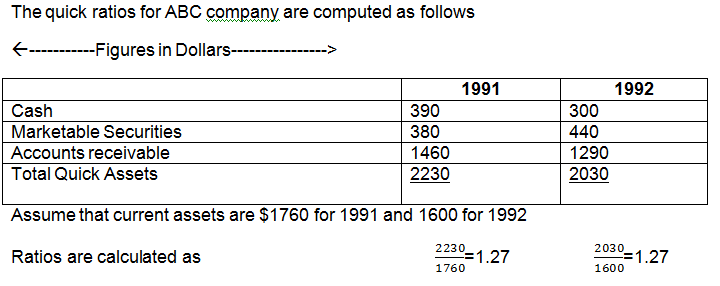Businesses are generally advised to reconcile their accounts at least monthly, but they can do so as often as they wish. Businesses that follow a risk-based approach to reconciliation will reconcile certain accounts more frequently than others, based on their greater likelihood of error. The important thing is to establish internal processes for account reconciliation and adhere to those processes. These steps can vary depending on what accounts you are reconciling, but the underlying premise is always the same – compare your ending balance against supporting documentation and make any adjustments as needed.
A profit and loss statement displays revenue earned for that period, then subtracts the cost of goods sold, interest expense, and other operating expenses from the revenue to determine net income for the period. It aids in informed decision-making, ensures compliance with financial regulations, and significantly contributes to the overall financial success of your organization. This process helps detect any anomalies or discrepancies rma releases annual statement studies data early, allowing for timely rectification. As a result, companies can act swiftly to rectify these issues, protecting their financial health and integrity.
The process of account reconciliation provides free resources for nonprofits businesses with the opportunity to notify the bank (or other external source of statements) of errors and have them corrected. For example, a business might compare its cash account records (from its internal ledgers) with its monthly bank statement provided by its financial institution. At its core, account reconciliation involves comparing two sets of records to check that the figures match. Thirdly, account reconciliation is vital to ensure the validity and accuracy of financial statements. Individual transactions are the building blocks of financial statements, and it is essential to verify all transactions before relying on them to produce the statements. For instance, while performing an account reconciliation for a credit card clearing account, it may be noted that the general ledger balance is $260,000.
How HighRadius Can Help With Account Reconciliation?
This process involves reconciling credit card transactions, accounts payable, accounts receivable, payroll, fixed assets, and subscriptions to ensure that all are properly accounted for and balanced. Bank reconciliation is an accounting process where you compare your bank statement with your own internal records to ensure that all transactions are accounted for, accurate, and in agreement. By catching these differences through reconciliation in accounting, you can resolve discrepancies, help prevent fraud, better ensure the accuracy of financial records, and avoid regulatory compliance issues. The first step in bank reconciliation is to compare your business’s record of transactions and balances to your monthly bank statement. Make sure that you verify every transaction individually; if the amounts do not exactly match, those differences will need further investigation. Reconciling the accounts is a particularly important activity for businesses and individuals because it is an opportunity to check for fraudulent activity and to prevent financial statement errors.
Cash accounts using bank statement reconciliations
In this case, businesses estimate the amount that should be in the accounts based on previous account activity levels. Any balance sheet accounts that have statements provided by sources external to the company, should be reconciled every month. But, if there are discrepancies due to pending charges or interest fees, reconciling accounts helps identify and correct the amounts owing, ensuring the company’s records match the external document. As mentioned above, account reconciliation involves comparing internal account information against external documents.
Business-specific reconciliations
For example, while performing an account reconciliation for a cash account, it may be noted that the general ledger balance is $249,000. Still, the supporting documentation (i.e., a bank statement) says the bank account has a balance of $249,900. For example, while performing an account reconciliation for a cash account, it may be noted that the general ledger balance is $500,000.
- The purpose of reconciliation is to ensure the accuracy and ethics of a business’s financial records by comparing internal accounting records with external sources, such as bank records.
- In the business world, accurate financial statements are not just nice-to-haves; they are must-haves.
- The document review method involves reviewing existing transactions or documents to make sure that the amount recorded is the amount that was actually spent.
- It makes sure that fixed asset and accumulated depreciation balances accurately offset each other in the general ledger.
- Most account reconciliations are performed against the general ledger, considered the master source of financial records for businesses.
Some reconciliations are necessary to ensure that cash inflows and outflows concur between the income statement, balance sheet, and cash flow statement. GAAP requires that if the direct method is used, the company must reconcile cash flows to the income statement and balance sheet. The account conversion method is where business records defining take-home pay such as receipts or canceled checks are simply compared with the entries in the general ledger.
Whether it’s reconciling bank statements, vendor accounts, or intercompany transactions, each type plays a pivotal role in ensuring that records are consistent and errors are promptly identified and corrected. A three-way reconciliation is a specific accounting process used by law firms to check that the firm’s internal trust ledgers line up with individual client trust ledgers and trust bank statements. For lawyers, this process helps to ensure accuracy, consistency, transparency, and compliance.










